If you remember, some time ago Guilherme Costa tested the SEAT Tarraco with the 1.5 TSI of 150 hp and raised the question whether this gasoline engine was able to forget the 2.0 TDI of equivalent power, as a rule, the default choice in a large SUV like the Tarraco.
Now, to dispel once and for all any doubts that might remain, we have now put the SEAT Tarraco to the test with… the 2.0 TDI of 150 hp, of course.
Does the “tradition” still hold and this is the ideal engine for the SUV and top of the range from SEAT? In the next few lines we try to answer that question.
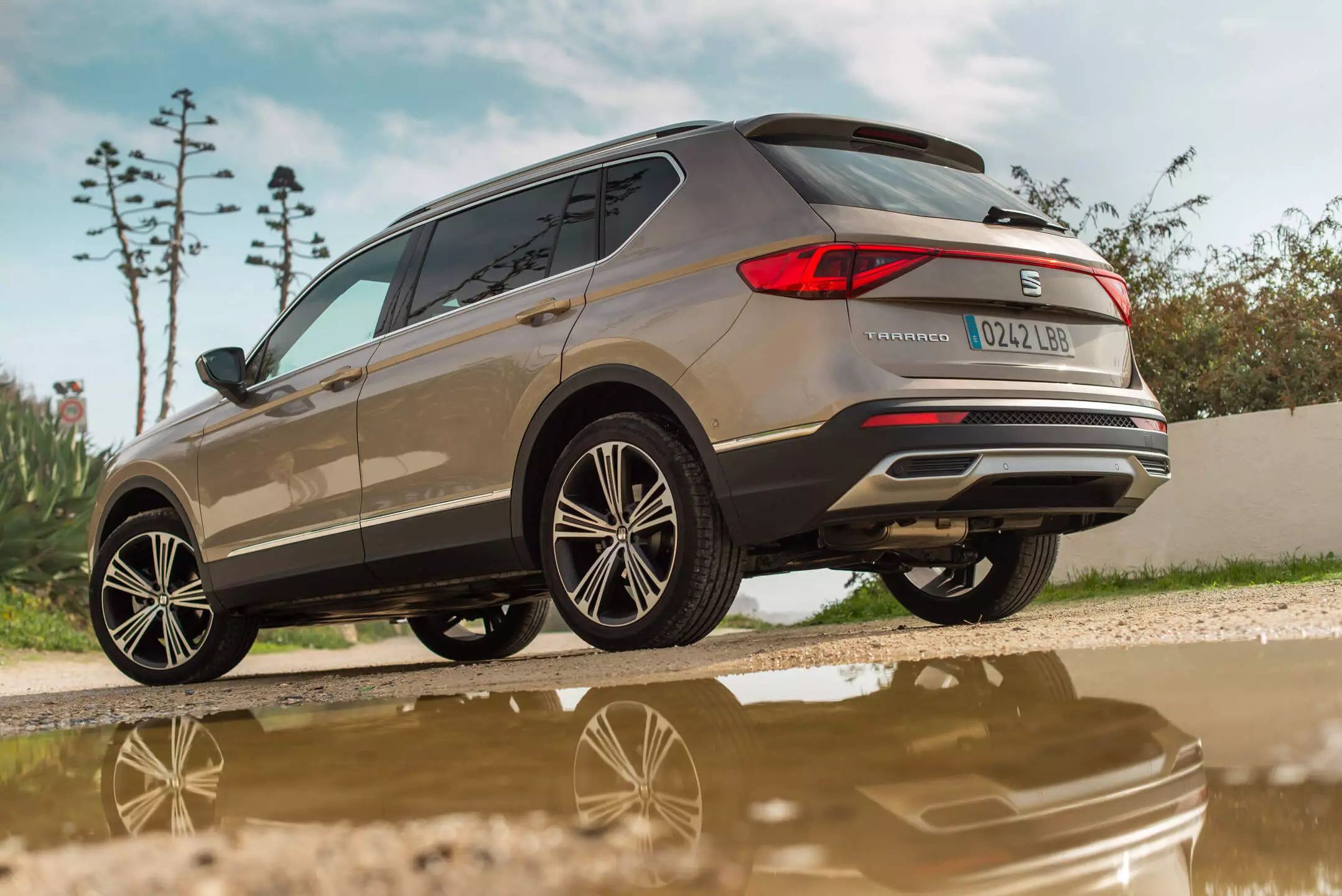
Does Diesel still pay?
As Guilherme told us in the test made to Tarraco with the 1.5 TSI, traditionally, large SUVs are associated with Diesel engines and the truth is that after testing this unit with the 2.0 TDI I remembered the reason why this happens. .
Subscribe to our newsletter
It's not that the 1.5 TSI doesn't deliver (and it does quite well in terms of benefits), but the truth is that the 2.0 TDI seems tailor-made for the type of use the Tarraco is intended for.
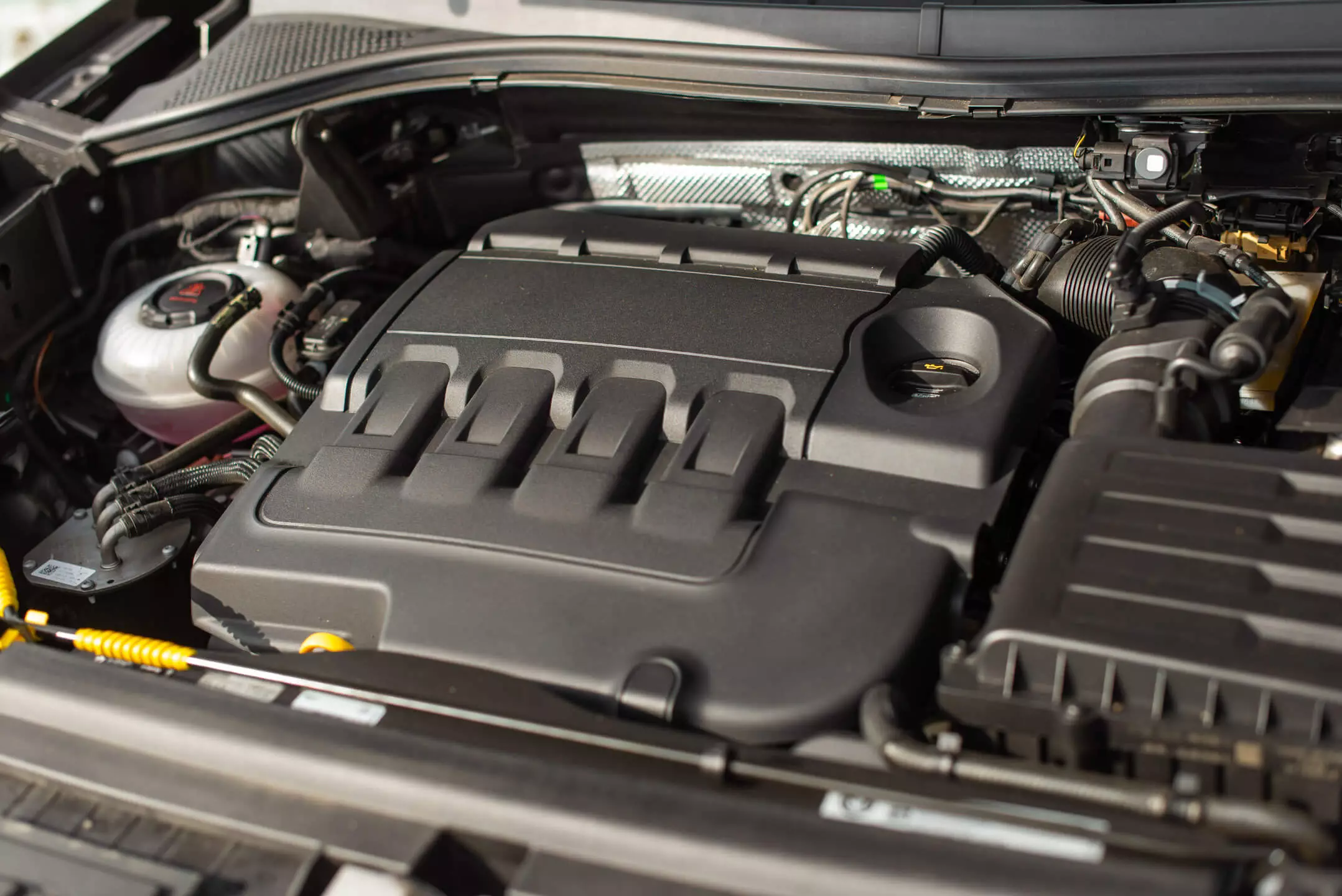
At almost five meters long and over 1.8 meters wide, the SEAT Tarraco is far from being the ideal choice for urban tours, being cut out to “devour” kilometers on the open road.
In this type of use, the 2.0 TDI with 150 hp and 340 Nm feels like a “fish in the water”, allowing for a relaxed, fast and, above all, economical driving.
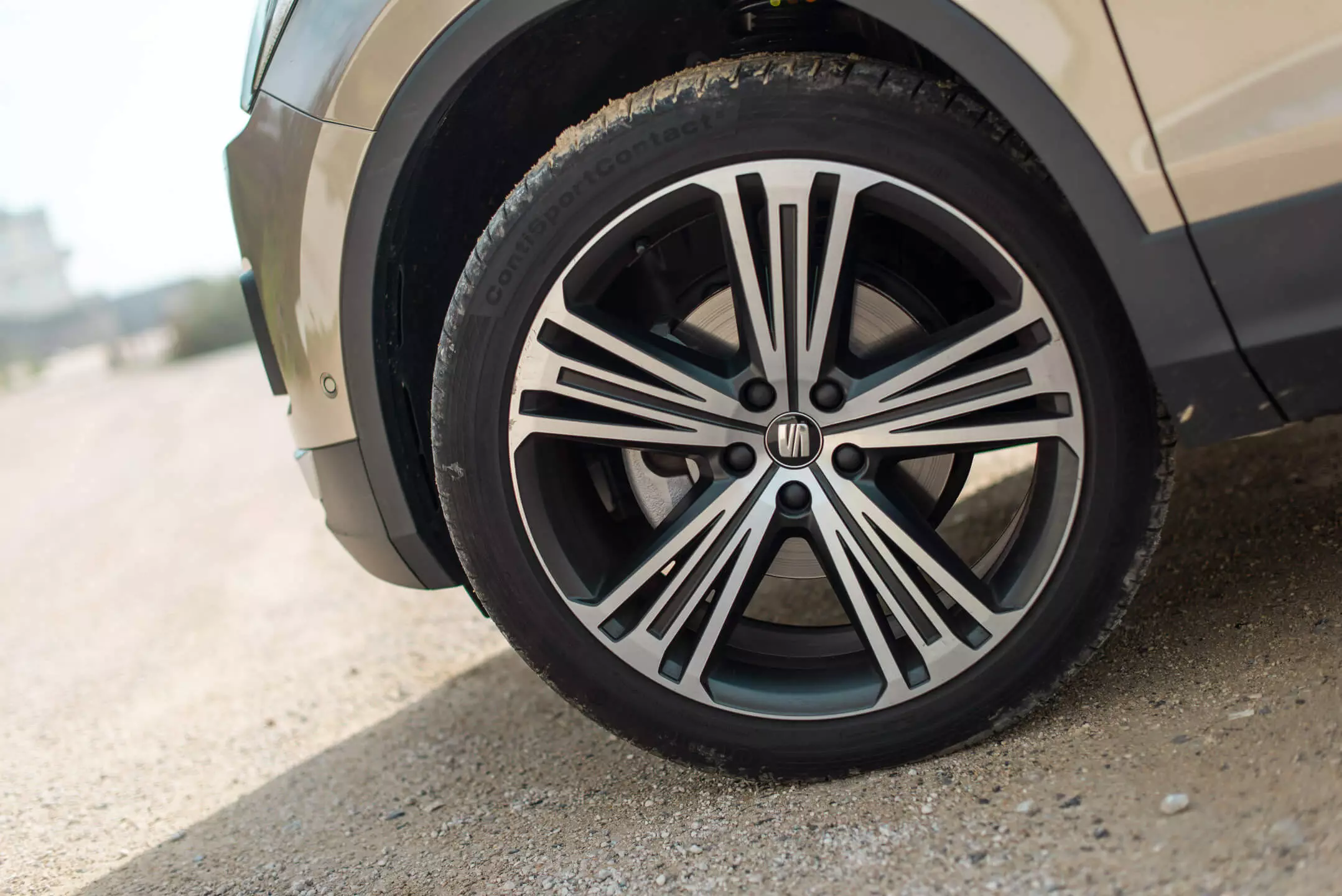
Over the time I spent with the Tarraco, it was easy to keep consumption between 6 and 6.5 l/100 km (on the road) and even in cities they didn't travel much above 7 l/100 km.
When I decided to try to raise my grade in the interactive “Eco Trainer” (a menu that assesses our driving) I even saw the on-board computer announce averages from 5 to 5.5 l/100 km, without however “pasting”. ”.
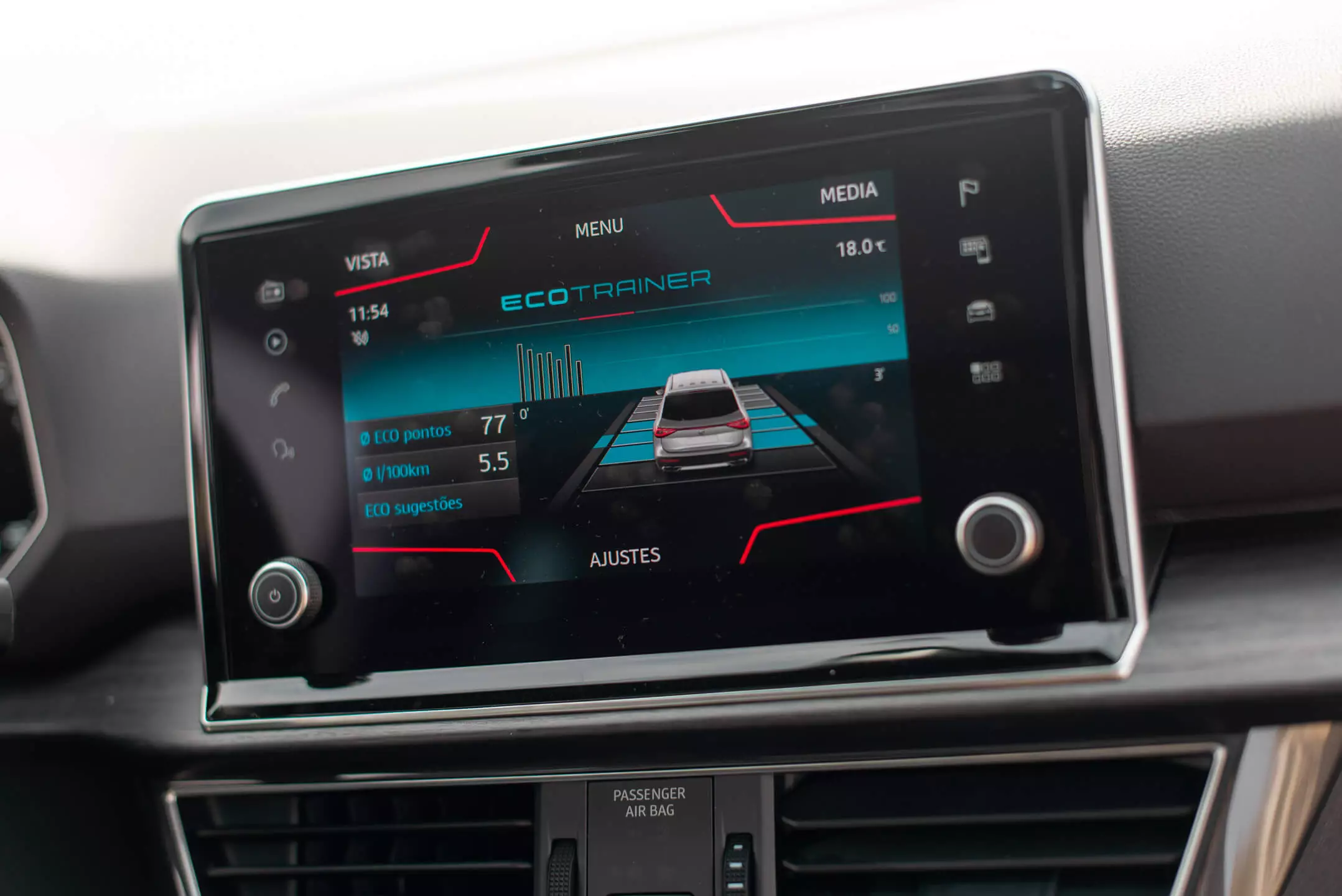
Smooth and progressive, the 2.0 TDI has a good ally in the six-speed manual gearbox. Well scaled, this one has a comfortable feel (less mechanical and dynamic than, for example, the Ford Kuga) and leads us to practice the driving style that the Tarraco seems to enjoy the most: a relaxed drive.
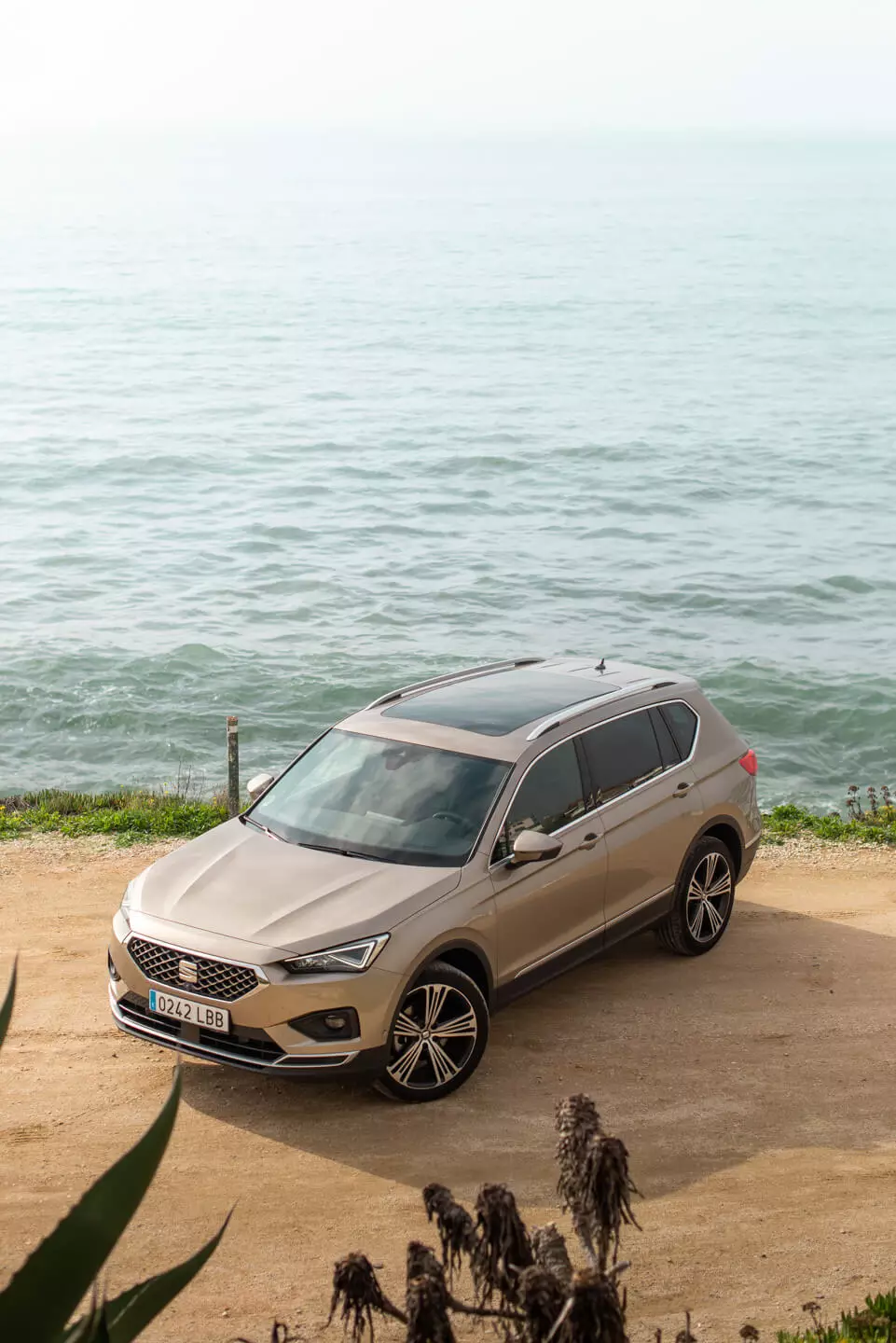
Comfortable and designed for the family
Taking into account its exterior dimensions, it is not surprising that the SEAT Tarraco has generous internal dimensions and is able to make good use of the interior space.
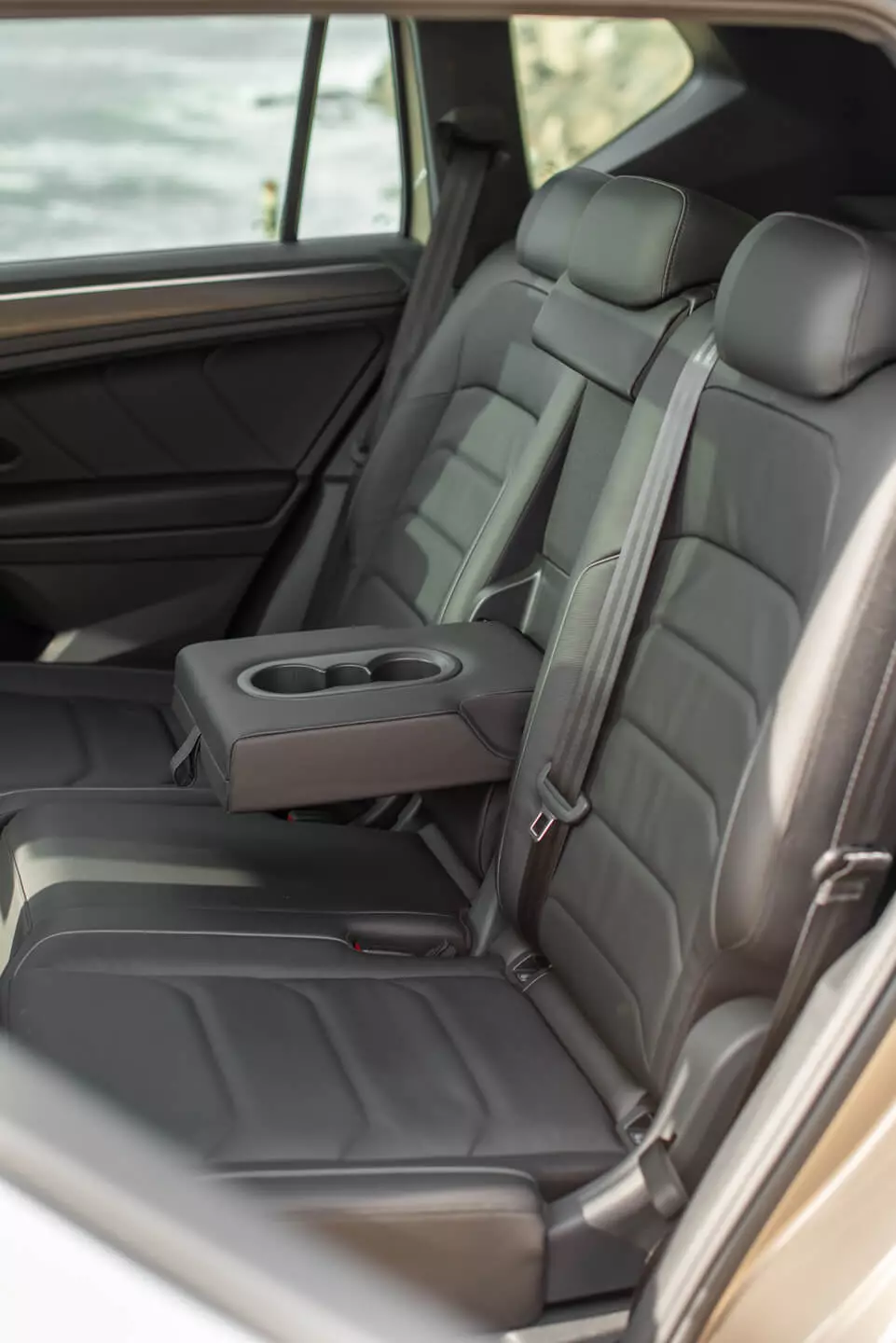
At the back, there's more than enough space for two adults to travel in comfort. Added to this are amenities such as the USB inputs and ventilation outputs present in the center console and very practical tables in the back of the front seats.
As for the luggage compartment, as in the petrol Tarraco, this one also came with a five-seater configuration, offering therefore a luggage compartment with a capacity of 760 liters, a very generous value for a family holiday.
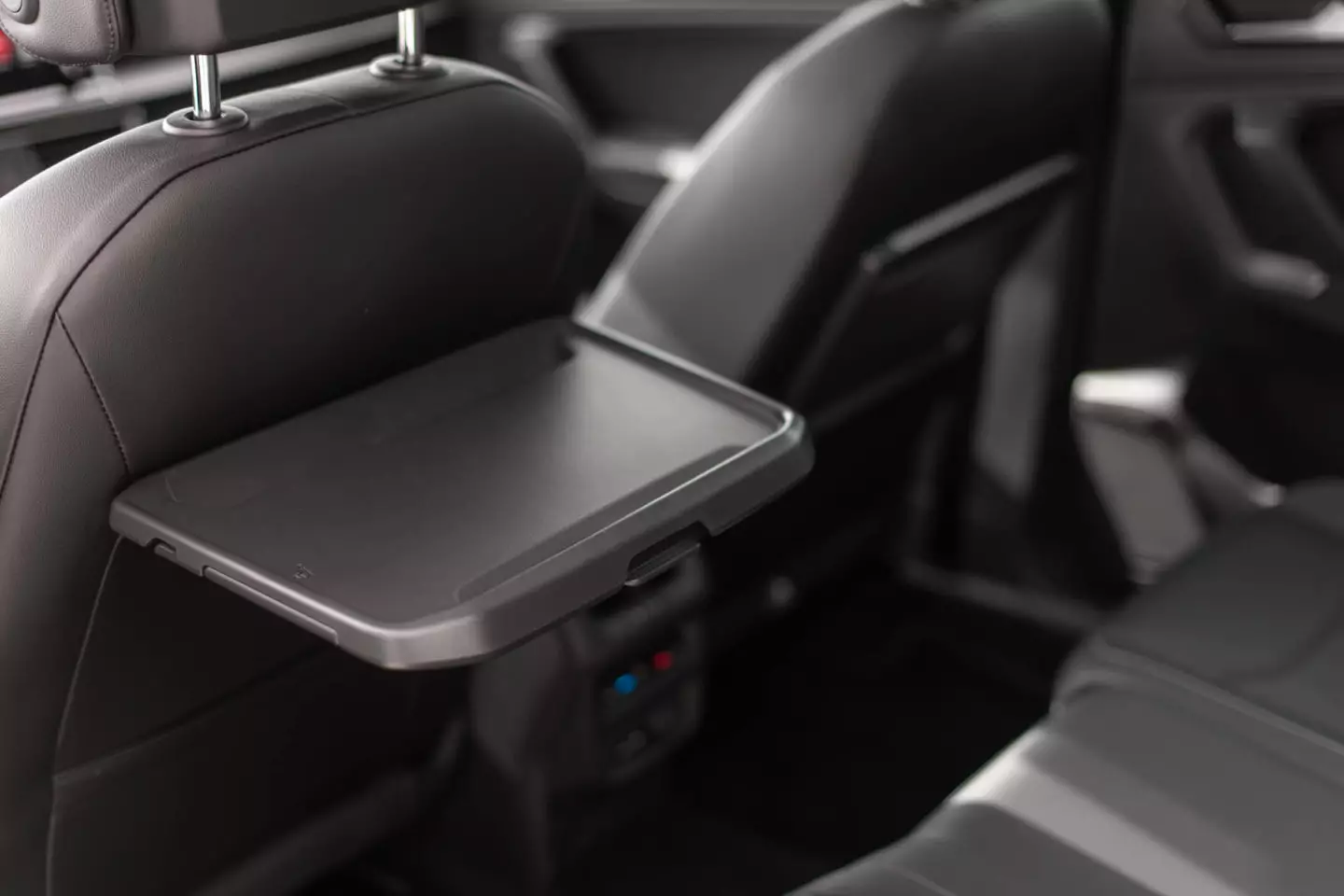
Once common in people carriers, bench-back tables have disappeared. Tarraco bets on them and they are an asset, especially for those traveling with children.
The behavior of this SUV, on the other hand, is guided, above all, by predictability, stability and safety. Competent when it comes to bends, aboard the SEAT Tarraco it seems that we are going into a kind of “protective cocoon” such is its ability to abstract us from the traffic that surrounds us.
Top of the range in its own right
Well built and with quality materials, the interior of the SEAT Tarraco proves that form and function can go hand in hand.
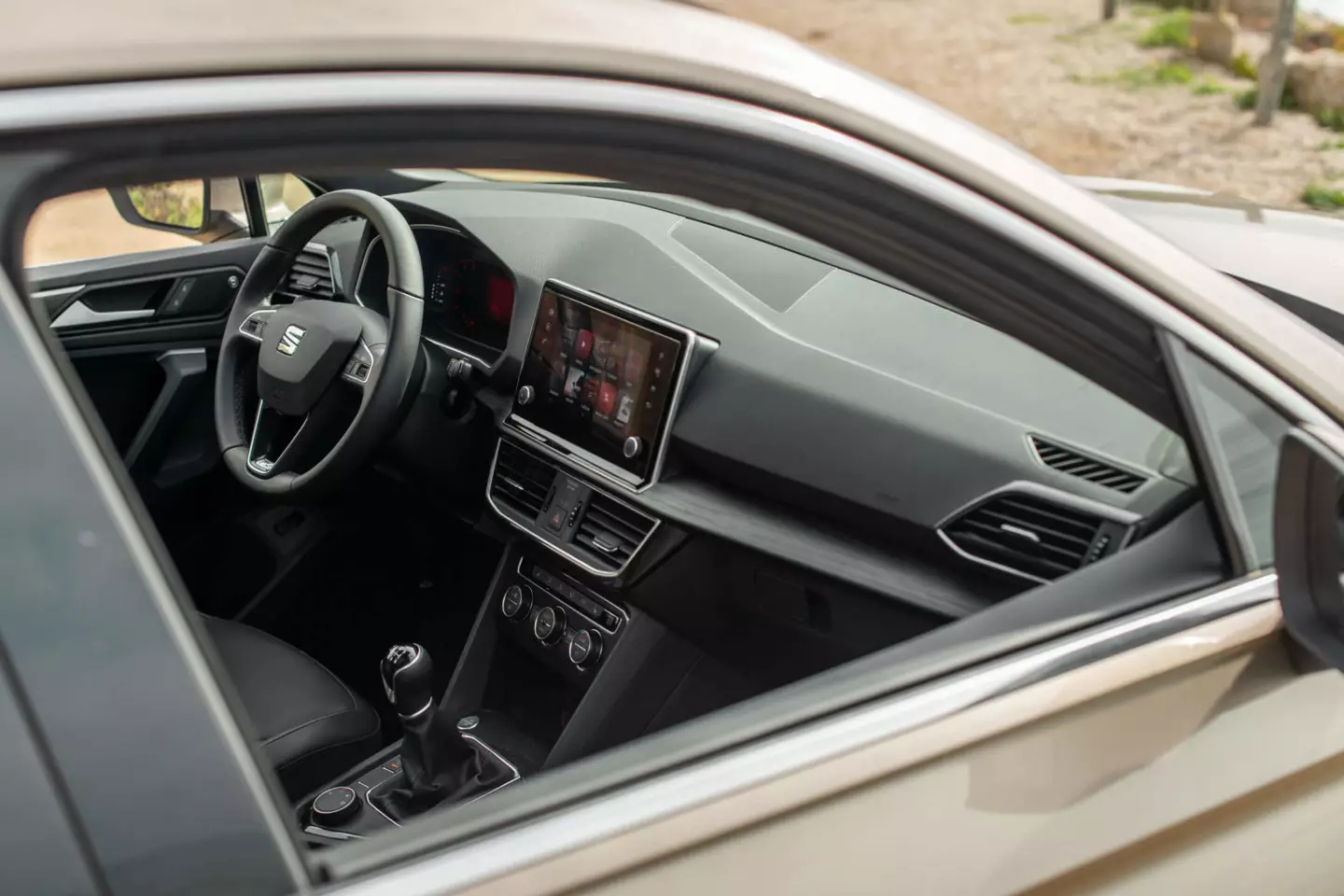
The Tarraco's interior combines an appealing design with good functionality.
In charge of introducing the new SEAT visual language (both outside and inside) the Tarraco has good ergonomics, not giving up on the always useful tactile controls.
The infotainment system is complete, easy and intuitive to use (as in all SEATs) and has a welcome rotary control to control the audio volume.
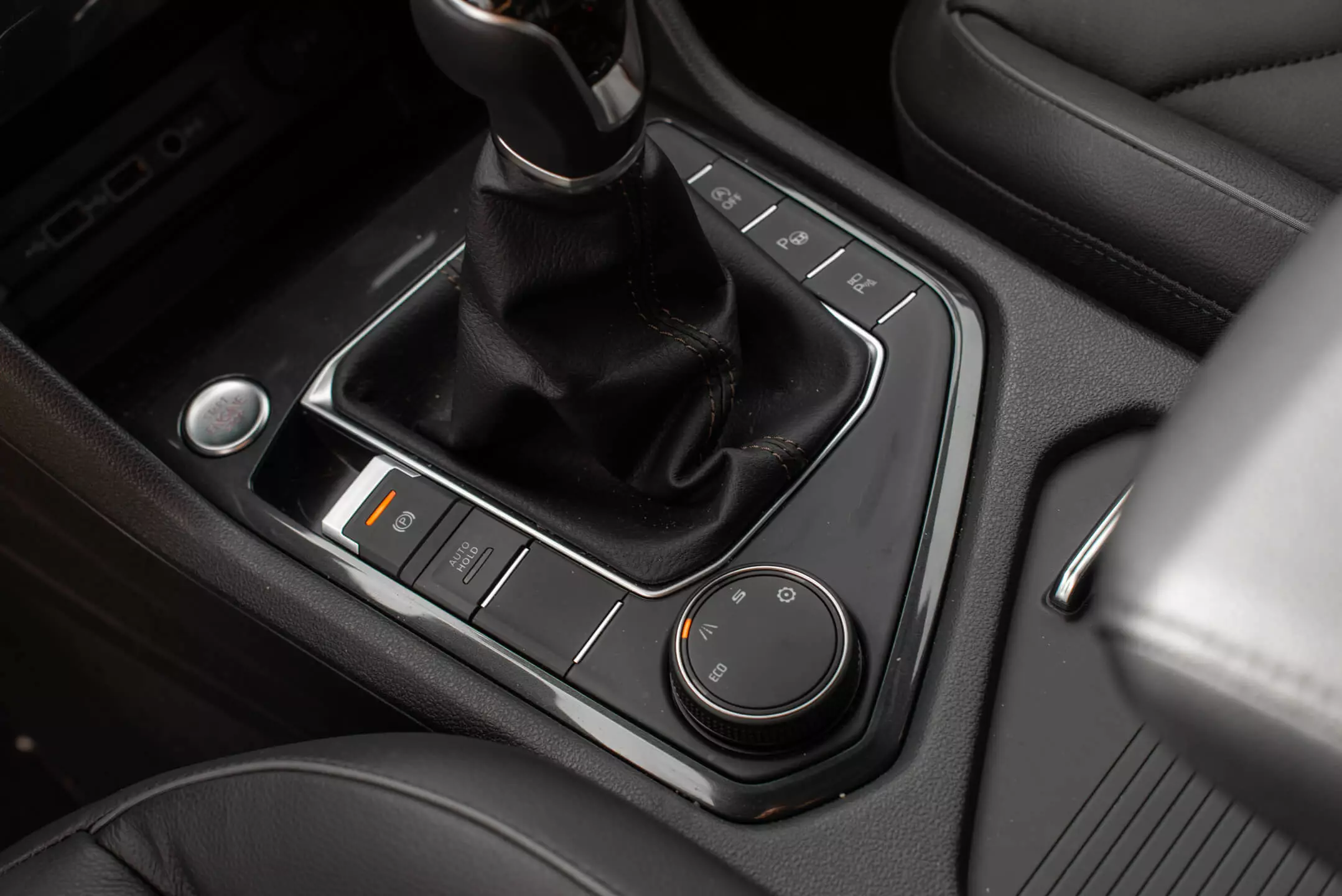
As for the equipment on offer, this is quite complete, incorporating gadgets such as the Apple CarPlay and Android Auto to a series of safety systems and driving aids.
These include automatic braking, lane crossing alert, traffic light reader, blind spot alert or adaptive cruise control (which, by the way, works quite well in fog).
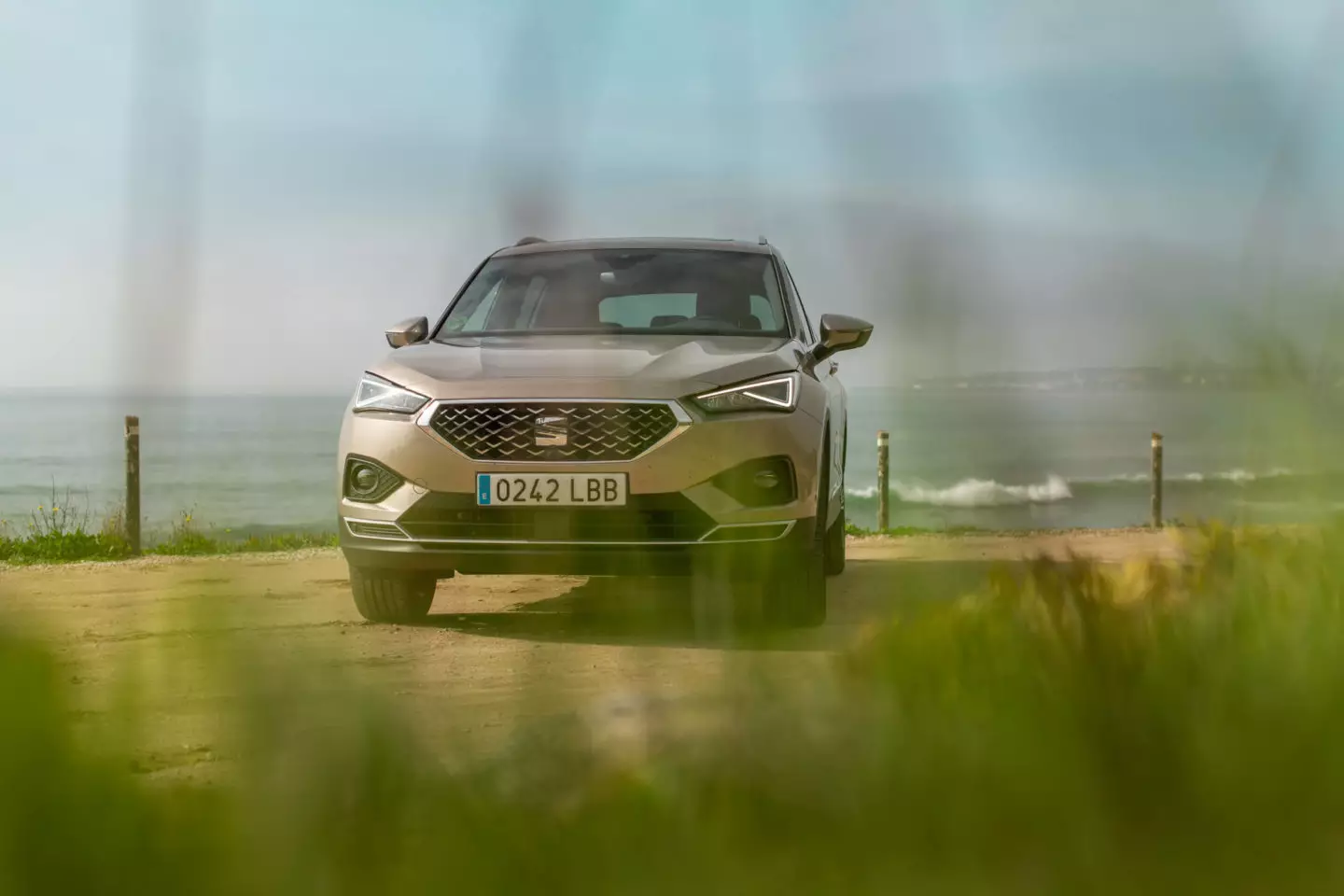
Is the car right for me?
Well equipped, comfortable and (very) spacious, the SEAT Tarraco deserves a captive place in the list of options for those looking for a family SUV.
As for the choice between the 2.0 TDI of 150 hp and the 1.5 TSI of equal power, this depends more on the calculator than anything else. You have to see if the number of kilometers you make annually (and the type of road/means you do them) justify choosing the Diesel engine.
Because despite the Xcellence equipment level (the same as the other Tarraco we tested) the difference is around 1700 euros with an advantage for the gasoline engine, you still have to count on the higher IUC value that the diesel Tarraco will pay.
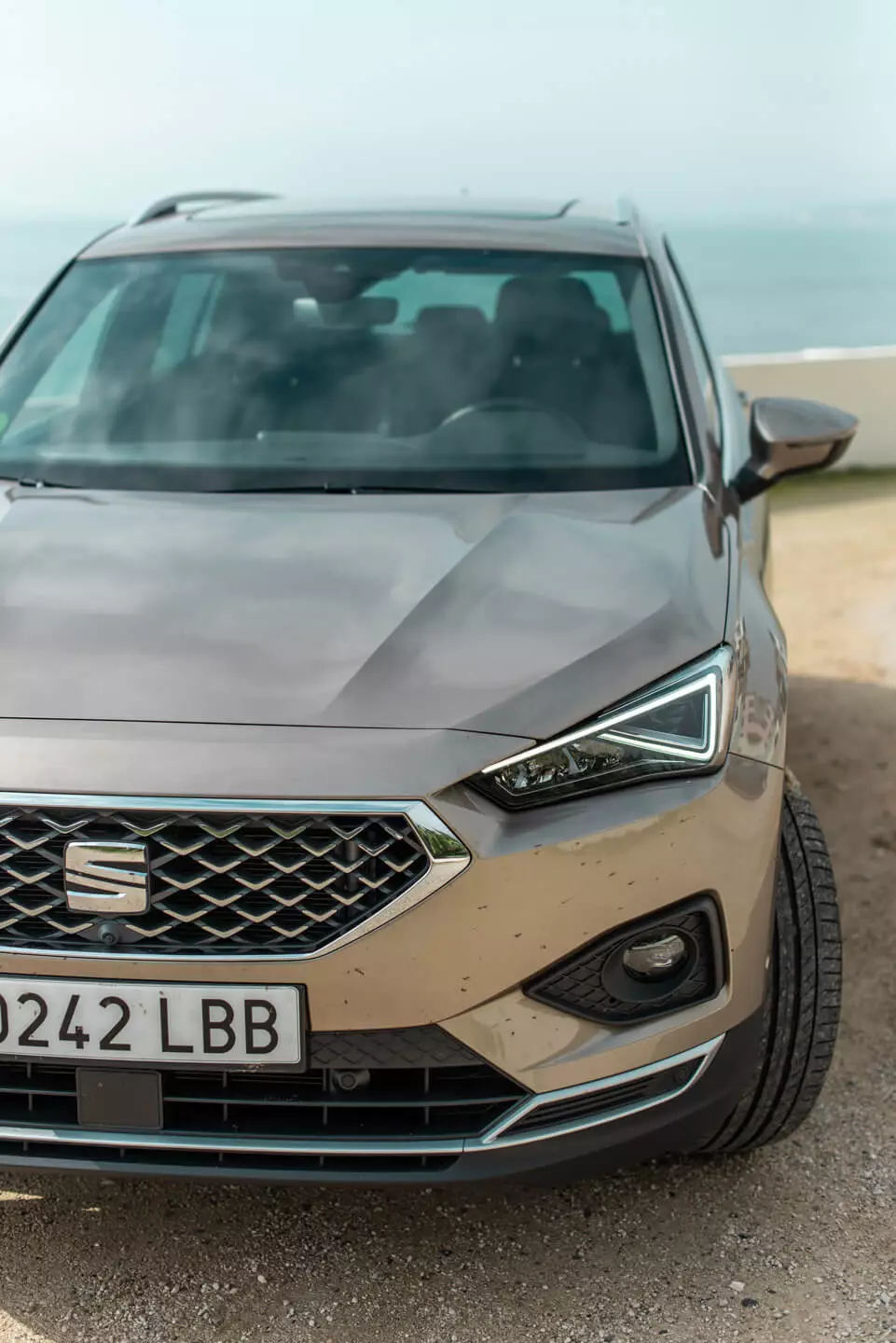
Leaving aside the economic issues and trying to answer the question that serves as the motto of this test, I must admit that the 2.0 TDI “marries” very well with the SEAT Tarraco.
Economical by nature, it allows the SEAT Tarraco to disguise its weight quite well without forcing the driver to make too many visits to the filling stations.
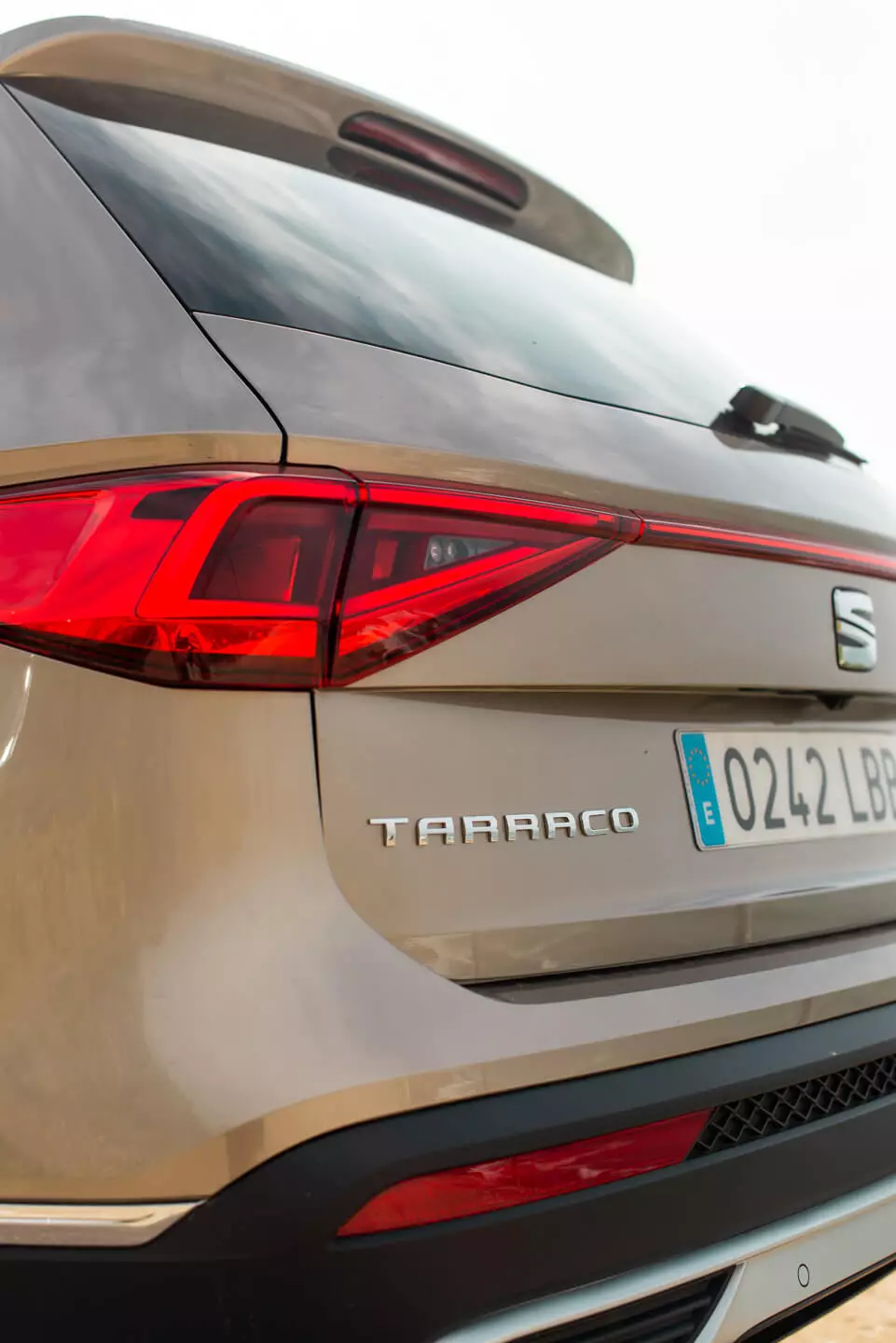
And while it is true that diesel engines have already been better regarded, it is also true that to ensure reasonably low consumption in a model with the dimensions and mass of the Tarraco, there are only two options: either you use a diesel engine or a plug-in hybrid version — and the latter, to achieve them, will require frequent visits to a charger.
Now, while the second doesn't arrive — the Tarraco PHEV has already been made known to us, but it only arrives in Portugal in 2021 — the first one continues to do "the honors" and ensures that the Spanish top of the range continues to be an option to have. account in a (very) competitive segment.
